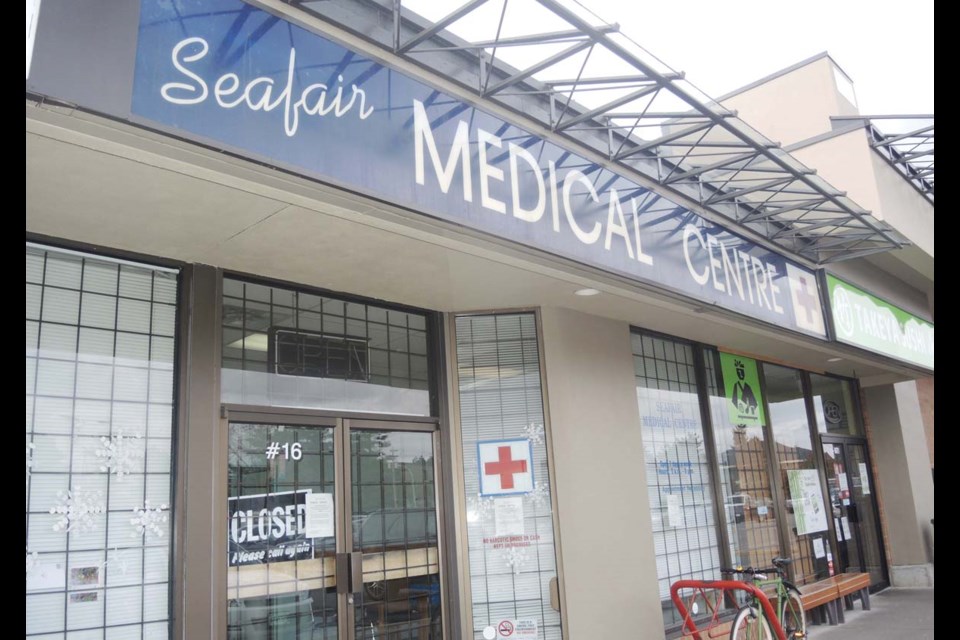A conference will be held in Richmond this weekend that aims to address the shortage of walk-in clinics in the city and province-wide.
Two major factors attributed to the shortage are higher real estate costs and a change in young doctors’ lifestyles, according to Walk-In Clinics of BC Association.
The annual Very Valuable Service Conference, held by Walk-in Clinics of BC, will take place at the Executive Airport Plaza Hotel on Friday, Nov. 9.
“One of the reasons we chose Richmond was because they have suffered some closures of their clinics,” said Mike McLoughlin, founding director of the association.
“We will discuss an action plan to drive profitability within walk-in clinics, and as such, attract and retain more doctors."
Last year, the Seafair Medical Centre, one of Richmond’s most popular walk-in clinics was forced to close due to a drastic shortage in physicians, province-wide.
Between 2013 and 2017, more than 45 B.C. clinics shut their doors.

“We have a shortage of family doctors in B.C. It’s an ongoing problem in many communities,” said McLoughlin.
“Thus more and more people are relying on walk-in clinics to provide medical services.”
He pointed out that a challenge many Richmond clinics face is that a lot of physicians are retiring but they have difficulty getting replacements for them.
That was the problem faced by Seafair when two of its doctors were retiring and they failed to recruit younger doctors.
“It has to do with that the younger generation of doctors looking at their careers differently. They want a work-life balance. That means that they don’t want the responsibilities of operating a business, which is the medical clinic,” McLoughlin.
The high cost of rent in Metro Vancouver has also squeezed clinics’ margins and has resulted in many doctors leaving the area to work where they get better payment and have lower living costs, he added.
One way to address the challenges, according to McLoughlin, is for clinics to form a business partnership with local retail stores, which provides space at a lower price in exchange for the traffic clinics can bring.
“Walk-in clinics are usually very busy, so there is a lot of traffic that walk-in clinics generate and those are the customers for the retail store or pharmacy,” said McLoughlin.
“Forming a retail-business partnership to lower the rent will help clinics with the overheads, so they can pay the doctors better, which will make it easier for them to recruit doctors.”
Another way to increase the margin of walk-in clinics, he said, is to increase the number of patients clinics can accept every day.
“The bigger the clinic’s capacity is, the more patients can be treated, and the more profit the clinics can make. It is a virtuous cycle,” said McLoughlin.
He explained clinic owners can achieve that by redesigning their clinics or using digital health apps to better track their patient flow.
“For example, there is a digital health app where people can register for the clinics and track their waiting time,” said McLoughlin.
“One clinic that went to our conference last year designed their waiting room to be smaller and added more examination rooms. Patients can wait in the coffee shop and see where they are in the line-up on the app.
“The clinic doubled its revenue by doing that,” said McLoughlin.
For younger doctors who don’t want to take the responsibility for daily operations, McLoughlin suggests that they connect with business partners, who don't necessarily have a medical background, to manage the clinic for them.
For more information about the conference, check Walk-in Clinics of BC website.



